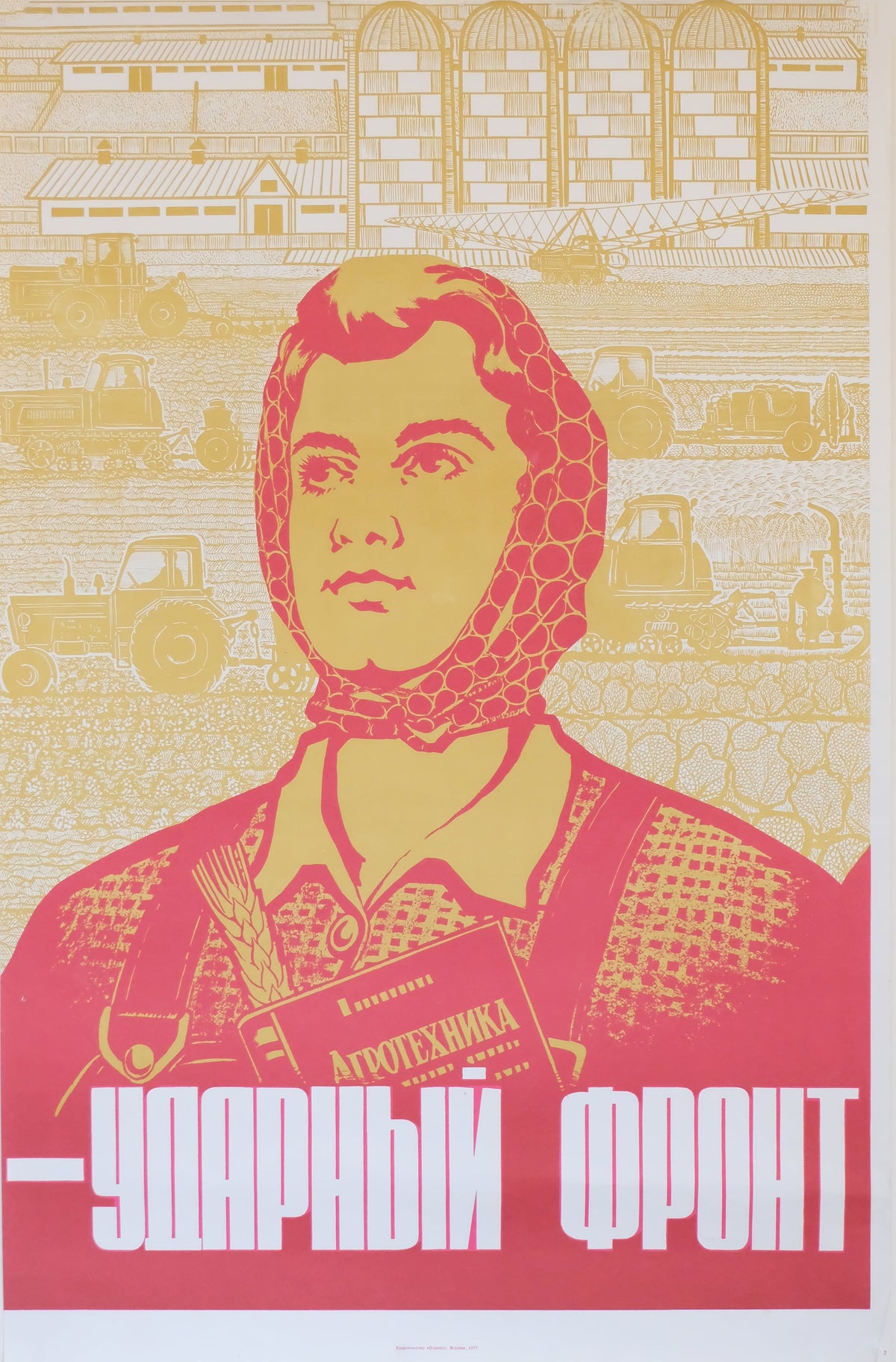Ukrainian propaganda poster
Young Woman | Ukraine | 1977
£150
- description
- Original vintage Ukrainian propaganda poster
- country
- Ukraine
- artist
- V. Rukavishnikov
- year
- 1977
- condition
- A+ | Mint condition - Almost no sign of use or handling.
- dimensions
- 88 x 56 / 34.5" x 22"
- technique
- Offset lithography
- carbon footprint
- Approximately 67kg. Read more about our carbon-neutral business.




